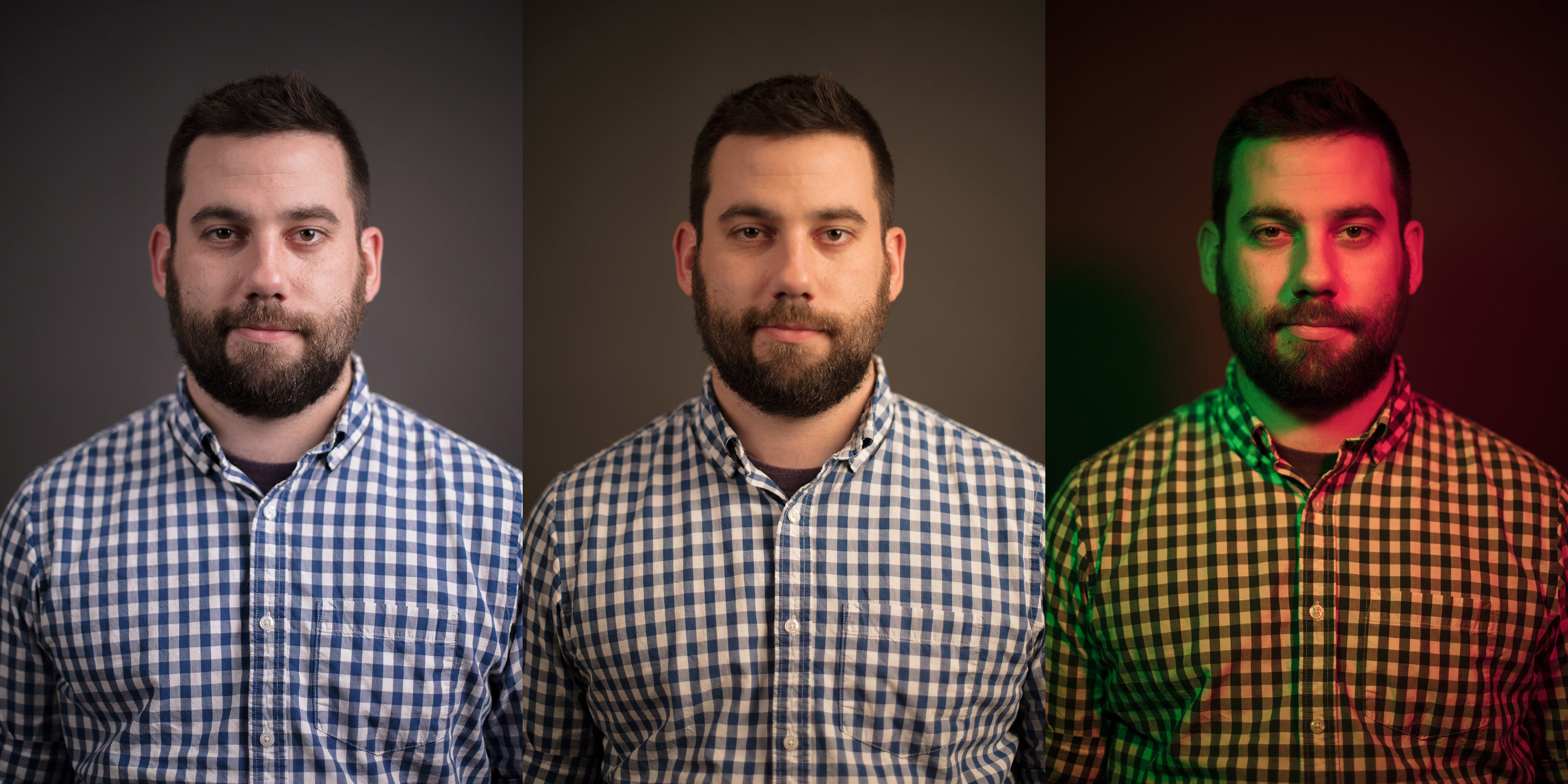Light speaks to us. Using a language of its own, it elicits emotions, creates atmospheres and affects the way we perceive the world. Having an understanding of how light mingles with form can significantly aid storytelling in most types of art. Artists like French Impressionist painter Claude Monet and legendary landscape photographer Ansel Adams understood the importance of light and used it to great effect.
Below, I describe three key components of lighting that photographers, cinematographers and artists utilize to help tell their stories and elicit emotion — much like Monet and Adams did.
1. Colors of Light
In addition to illuminating a space, light transforms the way we perceive the colors around us. Natural light, influenced by the weather, season and position of the sun (and moon), affect the intensity and hues of the subject. Artificial light also alters how we discern color. For instance, a standard incandescent bulb will make everything in its vicinity look “warm,” similar to a sunrise or sunset, while modern LED bulbs can emit a much cooler light, close to that of an afternoon outdoors.
Now, how do these differences help tell a story and manipulate our emotions? Many times, artists mimic nature to elicit emotion. For example, to create tension or emphasize the vibrancy of a scenario, artists tend to use warm lighting. Warm colors are typically associated with hot summer days, or fire, so subconsciously we often correlate this light with intense or lively situations. To evoke a sense of angst or depression, or to simply represent a cold atmosphere, artists intuitively use a cool color temperature.

Quick Tip: Many photographers and cinematographers prefer to shoot during the “Golden Hour,” a short time after sunrise or before sunset. The light is warm, soft and often has a magical quality.
2. Positioning of Light
Moving a light source just a few feet in any direction can dramatically alter an image. For example, positioning a light from above, pointing down at the subject versus from below, pointing up at the subject will take a standard sitcom scene and turn it into the makings of a thriller film. The positioning of the light determines the shadow placement, which is the element that adds or reduces the drama in an image. Having an understanding of how the positioning of light casts shadows and interacts with form allows artists to control highlight and shadow placement, often setting the tone for the image.

Quick Tip: Soft light from above, pointed down is most often used for portraits, as it is the most flattering to facial features.
3. Intensity of Light
Light exaggerates or softens the angles of a subject according to its intensity. Direct light often creates dark, crisp shadows, which artists can use to add power, mystery and drama to an image. To create a softer vibe, the light must often be diffused. Photographers can diffuse light by bouncing it off of a surface at the subject, or shining through a white, sheer fabric before the light hits the subject. In the natural world, clouds and a rising or setting sun create diffusion.

Quick Tip: Lighting one side of the face considerably more than the other side will add drama to most portraits.
No matter which art form you choose to express your creativity, you probably use light in some way — perhaps without even really thinking about it. The next time you pick up your camera or start drawing, consider how you can use light to create the perfect atmosphere to help tell your story. Or, leave it to us — obviously we love our light at A. Bright Idea!
